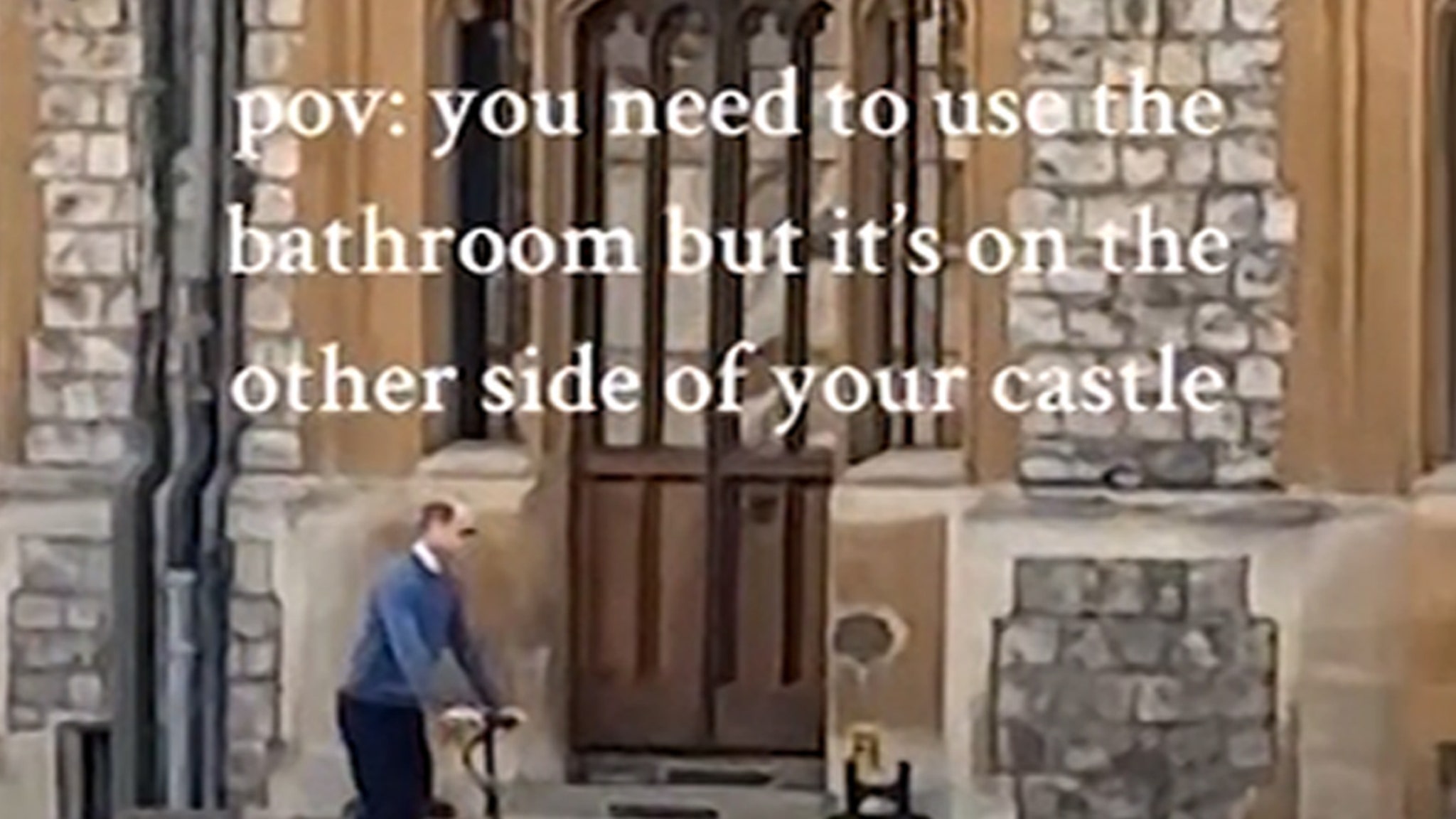Fashion
How Norman Rockwell’s “Freedom of Speech” Painting Went Viral


So you have an opinion you want to share online — something you need to get off your chest. Maybe it’s about the current political climate. Maybe you want to have the final word on whether or not people should wear their shoes in the house.
If you know you have a spicy take on your hands, you might look to the American painter and illustrator Norman Rockwell to help you share it. Across social media, his work “Freedom of Speech” appears alongside all manner of strong opinions, from the highly serious to the absurd to the esoteric, enshrining itself into the lingua franca of the internet decades after its creators’ death.
The oil painting, which shows a man dressed in work wear standing and poised to speak amid a crowd of men in suits, is part of a series by Rockwell inspired by Franklin D. Roosevelt’s 1941 State of the Union address arguing for U.S. involvement in World War II. In his remarks, the president outlined four universal freedoms that Americans should fight to guarantee for all: freedom of speech, freedom of worship, freedom from want and freedom from fear.
According to the internet encyclopedia Know Your Meme, the painting began showing up in posts on X, then Twitter, in 2020. It wasn’t until two years later, though, that it started spreading widely, first with a post by a user who shared the image with an opinion on shrimp-fried rice (“a shrimp did not fry that rice!”).
Since then, the image has been used to take a stance on divisive personal essays, weigh in on Taylor Swift albums, proselytize the merits of hard-shell tacos and decry the state of professional football.
On the day former President Donald J. Trump was found guilty of 34 felony counts in a New York court, Mary Katharine Ham, a Fox News contributor, posted a picture of the painting with the comment, “jailing your political opponents is bad, actually” — to which the frequent anti-Trump poster Armand Domalewski replied with the same image and the comment, “nobody being above the law is good, actually.”
That the painting has become a hit online isn’t as unlikely as it may seem. Joshua Citarella, an artist in New York who researches online political subcultures, said the artwork had a natural affinity with the social media platform where it has spread.
A stated goal of X is to “give anyone the ability to speak to the crowd and to give a platform to any opinion,” Mr. Citarella said. (Elon Musk and previous chief executives of the platform have called it the “town square” of the internet.) “If one had to illustrate Twitter in an image, it would be very well encapsulated in this very painting,” he added.
But the viral life of “Freedom of Speech” long predates X debates. Stephanie Haboush Plunkett, the deputy director and chief curator of the Norman Rockwell Museum in Stockbridge, Mass., home to the “Four Freedom” paintings, said Rockwell’s oeuvre was intended to distill and quickly spread a mass message.
“Many Americans did not register what the meaning of those freedoms truly were” and found Roosevelt’s speech abstract, Ms. Plunkett said. What Rockwell wanted to do, she continued, “was to try to envision them in a way that a large populace could understand.”
“The Four Freedoms” and Rockwell’s interpretations of them were everywhere in American life in the 1940s. They appeared on covers of The Saturday Evening Post, where Rockwell regularly published his work. The government put them on postage stamps, displayed them in an exhibition as part of its nationwide war-bond drive and printed them on posters that helped raise $133 million for the war effort.
More recently, the paintings were used as inspiration for “Imagining Freedom,” a virtual exhibition at the Rockwell museum that includes many contemporary interpretations of his work, including a piece by the artist Maurice (Pops) Peterson, who in 2015 reimagined “Freedom From Fear” for the Black Lives Matter era.
“We’ve done a fair amount of work in terms of how his imagery has been appropriated, parodied or memed,” said Rich Bradway, the digital innovation officer at the museum.
Mr. Citarella said he had noticed that the “Freedom of Speech” painting was a little bit more popular online “with people who are on the left,” as part of a small but growing trend of memes related to Roosevelt and the New Deal.
The longing for a return to an imagined golden age of liberalism comes as there is a push from some on the right to return to the racial and gender hierarchies of midcentury America. On the left, there seems to be a small effort to “reclaim some of that imagery,” Mr. Citarella said.
“There’s a real push and pull with the semiotic use of this particular image,” he said of “Freedom of Speech.”
But the painting’s effort at universality still seems to resonate with those who share it online.
“Even if you are not a middle-aged white man speaking, people use him to represent themselves,” said Kathryn Winn, the author and editor of the Substack newsletter Memeforum. “There is a neutrality to him in that he’s not making an expression or saying anything beyond ‘This is my opinion.’”
For much of his career, and long after his death, Rockwell was considered “an enemy of modern art,” a “lowly calendar artist” and “a cornball and a square,” according to Deborah Solomon, who published a biography of Rockwell in 2013. But in recent years, Rockwell’s work has fetched tens of millions at auction houses — far exceeding expectations for American paintings — and has been looked on more kindly by some critics.
That Rockwell has been entered into the internet’s canon, too, is “a great way to maintain his presence in the public consciousness,” Ms. Plunkett said. Even if “Freedom of Speech” is largely wielded with irony online, something of its original meaning seems to shine through.
People from “all sides of the political spectrum” may use the painting to express, say, their views on pineapple as a pizza topping, Ms. Winn said. “The meme shows that we value freedom of speech, even at its most stupid, and that’s what Twitter is for.”






















